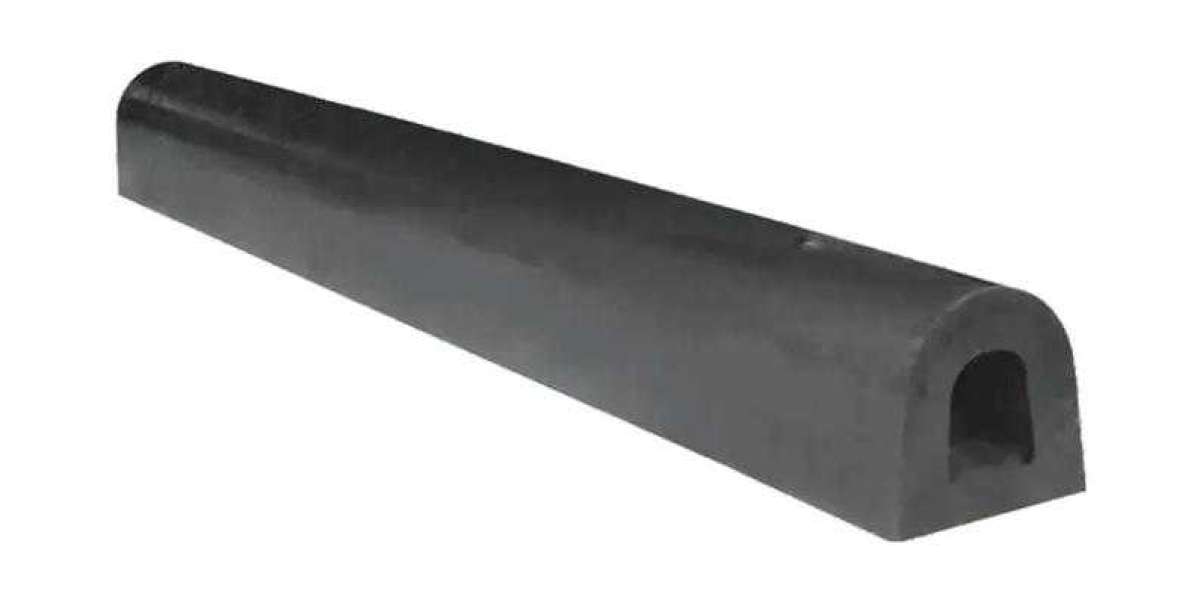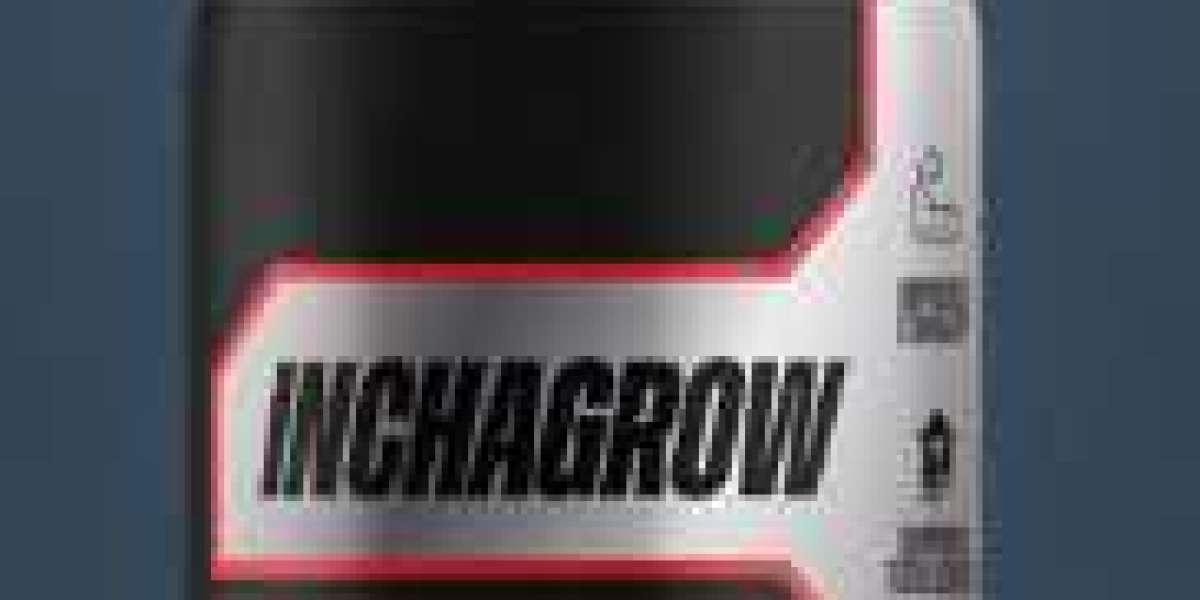Rubber fenders may not be the most glamorous part of a seaport or pier, but they are undeniably the unsung heroes of maritime infrastructure. These unassuming rubber barriers, often overshadowed by massive vessels and towering cranes, play a vital role in ensuring the safety and integrity of piers, wharves, and vessels during docking and mooring operations. In this article, we will explore the significance and types of rubber fenders, with a specific focus on pier rubber fenders.
The Importance of Rubber Fender
Imagine a bustling seaport with ships of all sizes coming and going, each weighing thousands of tons. When these colossal vessels dock or moor, the potential for damage to the pier, the ship, or both is considerable. This is where rubber fenders come into play.
1. Protection Against Impact: Rubber fenders act as a cushion, absorbing the kinetic energy generated during the contact between a ship and the pier. Without fenders, this energy could cause structural damage, endangering both the ship and the pier. The resilient nature of rubber allows it to absorb and dissipate the force, minimizing the risk of collision-induced harm.
2. Reduced Maintenance Costs: Pier Rubber Fender help extend the life of the pier by reducing wear and tear caused by repeated impacts. By mitigating the force of these impacts, they decrease the frequency of maintenance and repair work required, ultimately saving time and resources.
Types of Rubber Fenders
There are various types of rubber fenders designed to cater to different requirements. Pier rubber fenders are one such specialized category, engineered to protect the structures of piers and wharves. Here are some common types:
1. Cylindrical Fenders: These are the most traditional and widely used rubber fenders. They come in various sizes and are suitable for different pier and vessel dimensions. Cylindrical fenders are known for their durability and ability to withstand heavy impacts.
2. D-Type Fenders: Shaped like the letter "D," these fenders are often used for smaller vessels or as secondary protection on larger piers. They offer excellent shear resistance and are easy to install.
3. W-Fenders: Resembling a "W" in profile, these fenders are well-suited for larger vessels and heavy-duty applications. They provide a large contact area, distributing impact forces evenly.
4. Arch Fenders: Arch fenders are known for their high energy absorption capacity, making them ideal for busy piers handling large vessels. They come in different sizes and can be arranged in multiple configurations to suit specific needs.
5. Super Cone Fenders: Super cone fenders are renowned for their exceptional energy absorption and low reaction force. They are particularly effective for piers where space is limited.
Maintenance and Sustainability
Proper maintenance of rubber fenders is essential to ensure their continued effectiveness. Regular inspections for wear, tear, and deformation are crucial. Damaged fenders should be promptly repaired or replaced to maintain the safety and integrity of the pier.
In recent years, there has been a growing emphasis on sustainability in maritime infrastructure. Many rubber fenders are now designed with eco-friendly materials and production processes, aligning with the industry's commitment to reducing environmental impact.
Rubber fenders, especially pier rubber fenders, may not always take center stage in the maritime world, but their role in safeguarding ships, piers, and the environment is invaluable. These unassuming rubber guardians protect against potentially catastrophic collisions, reduce maintenance costs, and contribute to the sustainability of our coastal infrastructure. As we continue to advance in maritime technology and sustainability practices, rubber fenders will undoubtedly remain an integral component of safe and efficient port operations.







